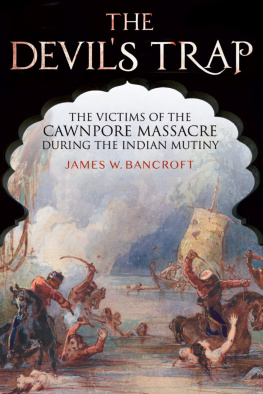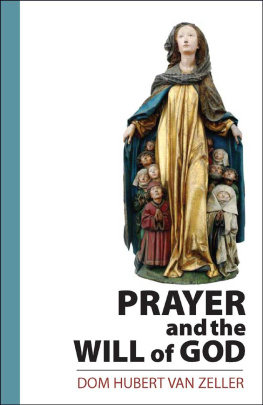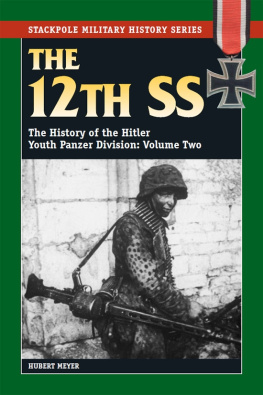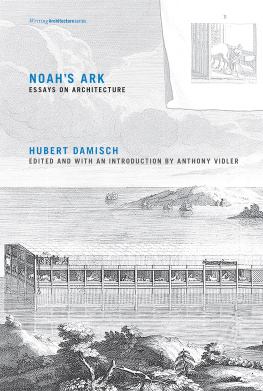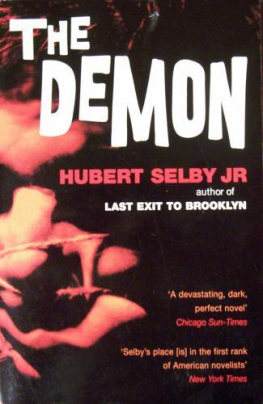DISCOVERIES OF THE SPANIARDS
1540-1777
As Francisco Vazquez de Coronado was journeying from Culiacan to the north and east in 1540, he rested at Cibola, that is to say Zuni, and while waiting for the main army to come forward, expeditions were sent out in various directions. One of these, consisting of twenty men under Pedro de Tobar, and attended by Father Juan de Padilla, proceeded north-westward and after five days reached Tusayan, or the Moqui villages, which were quickly captured. Among other matters of interest, information was here given of a large river yet farther north, the people who lived upon its banks being likewise very large.
Returning to Cibola, Tobar reported what had been said concerning this river; whereupon Captain Garcia Lopez de Cardenas was sent with twelve men to explore it, Pedro de Sotomayor accompanying to chronicle the expedition. Obtaining at Tusayan, where he was well received, guides and carriers, with an ample supply of provisions, Cardenas marched for twenty days, probably in a north-westerly direction through a desert country until he discovered the river but from such high banks that he could not reach it. It was the river called the Tizon and it flowed from the north-east toward the south-west. It seemed to the Spaniards when they first descried it that they were on mountains through which the river had cut a chasm only a few feet wide, but which if they might believe the natives was half a league across. In vain for several days, with their faces toward the south and west, they sought to escape from the mountains that environed them, and descend to the river, for they were suffering from thirst. At length one morning three of the lightest and most active of the party crept over the brink and descended until they were out of sight. They did not return till toward evening, when they reported their failure to reach the bottom, saying that the river, and distances and objects, were all much larger than they seemed to the beholder above, rocks apparently no higher than a man being in fact larger than the cathedral at Seville. Compelled by thirst they retired from the inhospitable stream, and finally returned to Tusayan and Cibola.
It was not necessary in those days that a country should be discovered in order to be mapped; even now we dogmatize most about what we know least. It is a lonely sea indeed that cannot sport mermaids and monsters; it were a pity to have so broad an extent of land without a good wide sheet of water in it; so the Conibas Regio cum Vicinis Gentibus shows a large lake, called Conibas, connecting by a very wide river apparently with a northern sea. I give herewith another map showing a lake large enough to swallow Utah and Idaho combined, and discharging its waters by two great rivers into the Pacific. This species of geography was doubtless entirely satisfactory to the wise men of this world until they came to know better about it. If the reader will look over the chapters on the Northern Mystery in my History of the Northwest Coast he may learn further of absurdities, in map-making.
A more extended and pronounced exploration was that of two Franciscan friars, one the visitador comisario of New Mexico, Francisco Atanasio Dominguez and the other ministro doctrinero of Zuii, Silvestre Velez de Escalante, who set out from Santa Fe July 29, 1776, for the purpose of discovering a direct route to Monterey, on the seaboard of Alta California. New Mexico had now been known nearly two and a half centuries; the city of Santa Fe had been founded over a century and a half, Monterey had been occupied since 1770, and yet there had been opened no direct route westward with the sea, communication between Mexico and Santa Fe being by land, the road following the Rio Grande. In his memorial of March 1773, while in Mexico, Father Junipero Serra had urged that two expeditions be made, one from Sonora to California, which was carried out the following year by Captain Anza, and one from New Mexico to the sea, which Dominguez and Escalante now proposed to undertake. Again in 1775 Anza made a similar journey, this time leaving at the junction of the Colorado and Gila Father Garces who ascended the former stream to the Mojave country whence crossing to Mission San Gabriel he proceeded to the Tulare Valley. There he heard from the natives of a great river coming in from the east or northeast. Indeed it was long the prevailing opinion that there existed such a stream in that vicinity. From the Tulare country Garces returned to San Gabriel and Mojave, and thence proceeded to the villages of the Moquis. From this place he probably wrote to Santa Fe concerning the rumor of this river; for all through the journey of Dominguez and Escalante they were in search of it.
The party consisted in all of nine persons. Besides the two priests there were Juan Pedro Cisneros, alcalde mayor of Zuiji, Bernardo Miera y Pacheco, capital miliciano of Santa Fe, and five soldiers. Having implored divine protection, on the day before named they took the road to Abiquiu, passed on to the Rio Chama, and on the 5th of August reached a point called Nieves, on the San Juan River, three leagues below the junction of the Navajo. Thence they passed down the north bank of the San Juan, crossing the several branches, until on the 10th they found themselves on a branch of the Mancos, some distance from the San Juan, and beyond the line of the present state of Colorado. The 12th they camped on the north bank of the Bio Dolores, in latitude 38136 and were there joined by two natives from Abiquiu, who had deserted their homes to follow the expedition.
They now followed the general course of the Dolores until the 23rd, when they left the San Pedro, which flows into the Dolores near La Sal, and crossed over northeast to Rio San Francisco, and again to the Rio San Javier on the 28th, their course being for some distance east of north.
Not far from their path was a rancheria of Yutas, which the Spaniards visited, endeavoring to obtain guides to the land of the Timpanogos, Timpangotzis, or Lagunas, where they had been told to look for Pueblo towns. A Laguna guide was there, but the Yutas did all in their power to dissuade the explorers from proceeding, pretending ignorance of the country and danger from the Comanches. But the 3rd of September saw them again on their way. Pursuing a north-west course, the second day they crossed and camped on the north bank of the Rio San Rafael, or Colorado, in latitude 414. Their course thence was north-westerly, and on the 9th they crossed a river called San Clemente, flowing west. Signs of buffaloes were abundant, and on the 11th they killed one. Two days afterward they crossed the Rio de San Buenaventura, the boundary between the Yutas and the Comanches, in latitude 4119, at a place which the priests call Santa Cruz. Here were six large black poplars, on one of which they left an inscription. After resting two days they took the course of the San Buenaventura south-west ten leagues, and from a hill saw the junction of the San Clemente. Descending a little farther they found a river flowing in from the west, following which they reached a branch the 17th, naming it the San Cosme.




